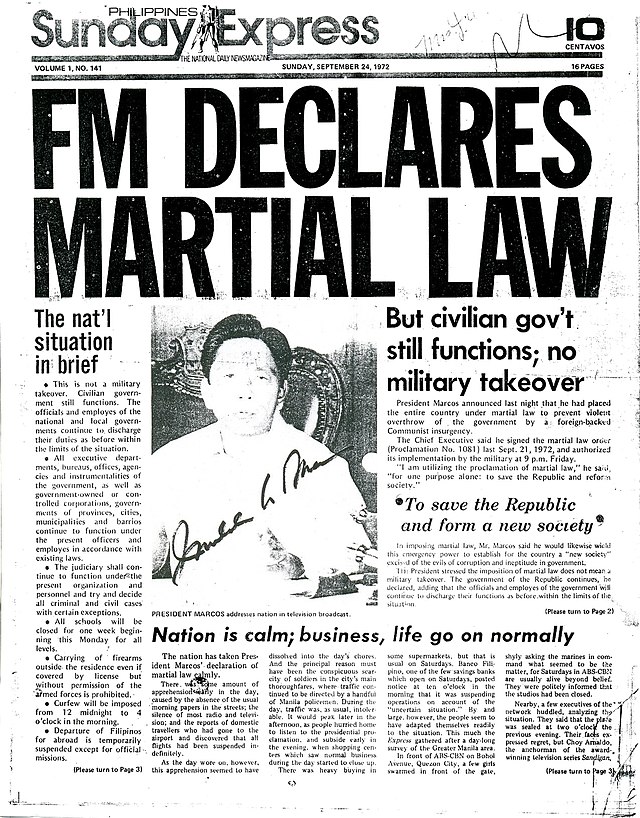The Main Principles Of News Articles
The Main Principles Of News Articles
Blog Article
Fascination About News Articles
Table of Contents8 Easy Facts About News Articles ShownThe Ultimate Guide To News ArticlesWhat Does News Articles Mean?The Best Strategy To Use For News ArticlesThe Best Strategy To Use For News Articles
Good expertise of different topics provides pupils an affordable edge over their peers. Although electronic and social media are easily easily accessible, we must not forget just how important it is to review the newspapers. Moms and dads should attempt and inculcate the behavior of reading a paper as a day-to-day routine to proceed the legacy of the revered print tool.News tales also consist of a minimum of one of the complying with important features about the designated audience: proximity, prestige, timeliness, human interest, anomaly, or consequence. The associated term journalese is occasionally used, normally pejoratively, to describe news-style writing. One more is headlinese. Newspapers generally comply with an expository writing design.
Within these limits, information stories likewise intend to be comprehensive. Various other elements are included, some stylistic and some obtained from the media kind. Amongst the bigger and extra respected newspapers, justness and equilibrium is a significant aspect in providing info. Commentary is typically restricted to a separate section, though each paper might have a various total angle.
Newspapers with an international audience, for instance, have a tendency to use a more official style of writing. The details options made by a news electrical outlet's editor or content board are typically collected in a design overview; common design guides consist of the and the United States News Design Book. The major objectives of news writing can be summed up by the ABCs of journalism: accuracy, brevity, and clarity.
A Biased View of News Articles
Generally, journalists will not make use of a lengthy word when a short one will do. They make use of subject-verb-object construction and brilliant, energetic prose (see Grammar). They offer narratives, instances and metaphors, and they seldom rely on generalizations or abstract ideas. News writers try to stay clear of making use of the same word greater than when in a paragraph (occasionally called an "resemble" or "word mirror").
However, headlines sometimes leave out the topic (e.g., "Leaps From Watercraft, Catches in Wheel") or verb (e.g., "Feline lady lucky"). A subhead (likewise subhed, sub-headline, subheading, subtitle, deck or dek) can be either a secondary title under the main headline, or the heading of a subsection of the write-up. It is a heading that comes before the major text, or a group of paragraphs of the major message.

Added signboards of any of these types might show up later in the write-up (particularly on subsequent web pages) to attract more analysis. Such billboards are additionally used as reminders to the post in other areas of the publication or website, or as advertisements for the item in other magazine or sites. Regular structure with title, lead paragraph (recap in strong), various other paragraphs (details) and contact info.

Example of a hard-lead paragraph NASA is proposing another room job. The budget demands around $10 billion for the job.
An "off-lead" is the second most crucial front page information of the day. To "bury the lead" is to start the short article with background info or information official site of additional importance to the viewers, forcing them to review more deeply right into a short article than they need to have to in order to find the essential factors.
Not known Factual Statements About News Articles
Common usage is that a person or 2 sentences each form their own paragraph. Journalists generally describe the organization or structure of an information tale as an upside down pyramid. The vital and most intriguing components of a story are put at the beginning, with supporting info adhering to in order of diminishing significance.
It enables people to check out a topic to only the depth that their interest takes them, and without the charge of information or subtleties that they can think about unnecessary, but still making that information available to much more interested visitors. The inverted pyramid structure also enables short articles to be cut to any type of arbitrary length during layout, to fit in the space available.
Some authors start their stories with the "1-2-3 lead", yet there are several kinds of lead readily available. A kicker can refer to multiple points: The last tale in the news program; a "delighted" story to end the program.
Longer write-ups, such as publication cover articles and the items that lead the within sections of a paper, are called. Feature tales differ from straight information in a number of ways. Foremost is the lack of a straight-news lead, a lot of the moment. Rather than providing the significance of a tale up front, attribute writers might try to entice viewers in.
Unknown Facts About News Articles
A function's very first paragraphs usually associate an intriguing moment or occasion, as in an "unscientific lead". From the details of an individual or episode, its sight quickly broadens to abstract principles regarding the story's subject.

The Editor's Toolbox: visit this web-site A Referral Guide for Beginners and Professionals (2001) Allan M. Siegal and William G. Connolly. The New York Times Guidebook of Design and Usage: The Authorities Style Overview Used by the Writers and Editors of the Globe's Most Reliable Newspaper (2002) M. L. Stein, Susan Paterno, and R.
Report this page